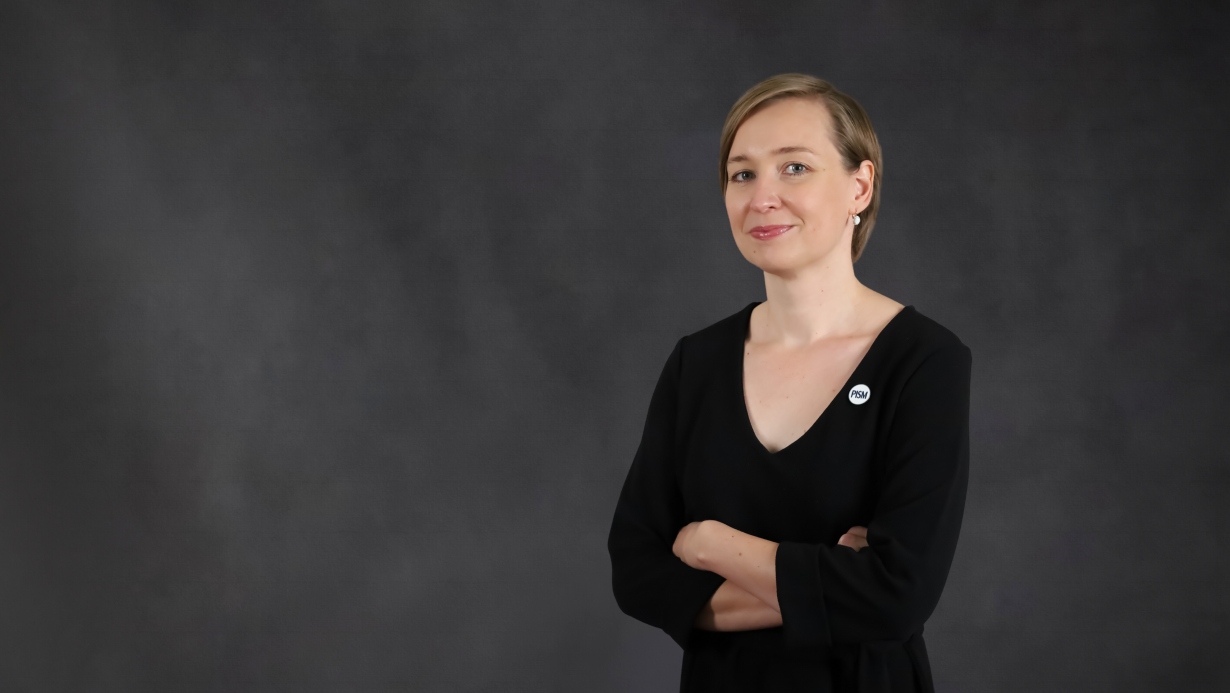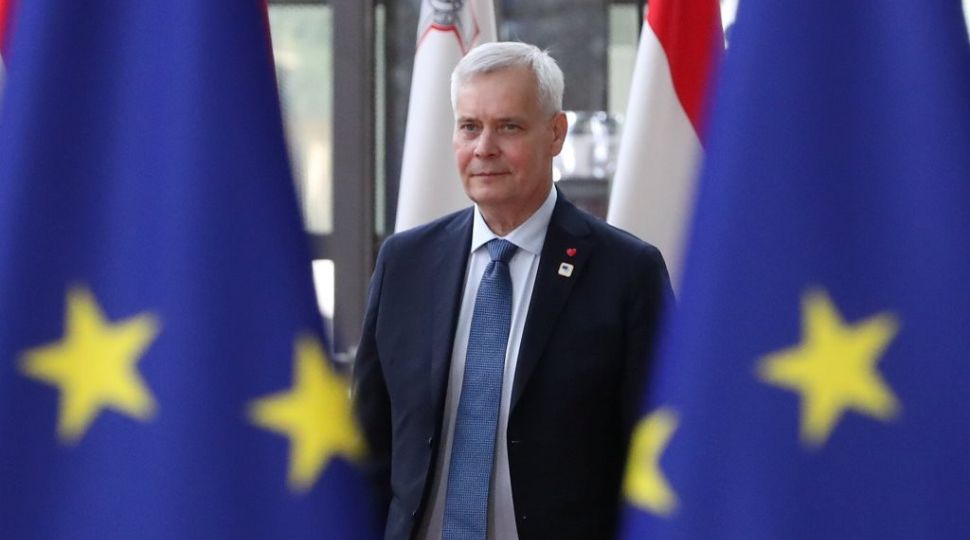
The Election Campaign and Support for the Political Parties
The centre-right coalition government of Juha Sipilä, who has been in power since 2015, resigned on 8 March, one month before the end of its term. The reason was the lack of parliamentary majority needed to reform the social security system. Meanwhile, restrictive fiscal policy, including a reduction in spending on education and social care, has resulted in a decline of popularity of the ruling parties. They have failed to reverse a downward trend in the polls at the end of the campaign. March figures put support for the prime minister's liberal Centre Party at 14%, for the centre-right National Coalition Party (KOK) at 18%, and for the conservative Blue Reform at 1%. The nationalist Finns Party, which achieved the second best result (18%) in the previous election and was part of the governing coalition until its split in 2017, can count on 11% of the votes.
Support for left-wing parties is gradually increasing. The Social Democratic Party of Finland (SDP) is leading the polls with support at 21%. Polls indicate that its coalition with the Green League (14%) is the most desired core of the future government. According to Antti Rinne, chairman of SDP and the likely next prime minister, both the Left Alliance (9%) and one of the centre-right parties of the current ruling coalition may join the government. Such a majority government bridging the left-right division has been formed several times in Finland’s history. The liberal Swedish People's Party (4%) and the conservative Christian Democrats (4%) are also predicted to be elected to the 200-seat unicameral parliament (Eduskunta), as there is no threshold in the Finnish electoral system.
The campaign is dominated by domestic affairs, especially the economy, migration and environmental issues. After another unsuccessful attempt to undertake structural reforms (the lack of which was one of the main reasons for the recession between 2012 and 2014), the parties are focusing on social issues. Left-wing parties promise to increase expenditure on, among other things, education, and to repeal regulations extending working time. Finland is struggling with demographic problems: in 2030, more than 25% of the population will be older than 65. Except for the Finns Party, all political forces consider controlled migration one of the solutions to this problem.
European Policy
There is political consensus in Finland on the EU’s key role in the country’s economic development and national security. From the Finnish perspective, stability lies in the EU’s unity expressed by the attachment of Member States to human rights, democracy and the rule of law as defined in the EU treaties. In practical terms, stability means consistent implementation of already adopted regulations. Finland is therefore not an advocate of radical reforms, but of deepening integration by small steps. The SDP confirmed that, in the event of its victory in the election, it will continue the European and foreign policy of the previous government and President Sauli Niinistö, former KOK member. According to the constitution, Finland’s foreign policy is conducted by the president in cooperation with the government, whose domain is European policy.
The possible prolongation of coalition negotiations will not hinder the start of the Finnish presidency of the Council of the EU. The prime minister presented the priorities of the presidency to the European Parliament in January. Finland calls for the strengthening of the single market, which was also expressed, on Finland’s initiative, in a letter by leaders of 17 Member States (including Poland) to Donald Tusk, President of the European Council, in February. The acceleration of digitisation of economies, digital mobility and the development of artificial intelligence are considered by Finland the most important tools for increasing EU competitiveness. The country is in favour of maintaining the size of the Multiannual Financial Framework for 2021–2027 at a level close to the current one, and of increasing spending on research and development, and climate policy (to at least 25% of the budget). At the same time, it is opposed to further subsidising the use of fossil fuels. It pays less attention to the common agricultural policy and cohesion policy and emphasises the need to find a compromise on the most difficult issues concerning migration, including a solidarity mechanism for accepting asylum seekers.
Finland will continue its policy within the informal Hanseatic League established in March 2018, which is in favour of implementing restrictive fiscal policy in the Eurozone. Therefore, it will remain reluctant to the idea of a shared budget for the Eurozone. It will continue to oppose the stabilisation of the economic situation of South European countries through financial transfers from the best performing countries, underlining the responsibility of Member States to maintain fiscal discipline. Therefore, Finland will remain attached to a vision of a monetary union similar to the German point of view, as presented in March by Annegret Kramp-Karrenbauer, chairwoman of the Christian Democratic Union.
Foreign and Defence Policy
Niinistö, who started his second term as president in 2018, is building Finland’s position as an intermediary between the West and Russia. One of the examples of this was the meeting of presidents of the U.S. and Russia in Helsinki, in July 2018. Finland also uses its current chairmanship of the Arctic Council to create space for dialogue with Russia: a bilateral meeting between Niinistö and his Russian counterpart Vladimir Putin took place at the Arctic Forum on 9 April in St. Petersburg.
The SDP has announced the continuation of a defence policy based on a credible defence capability, territorial defence, national service, military non-alliance and defence cooperation with the Nordic States (mainly Sweden) and NATO—strengthened after Russia’s aggression against Ukraine. An additional element of increasing security is bilateral cooperation with the United States, for which previous governments strove unsuccessfully until the annexation of Crimea. Finland also perceives the EU as one of the guarantees of its security. It supports integration within the Common Security and Defence Policy, and better coordination of activities between the EU and NATO. In contrast to the current coalition, which has been stressing Finland’s right to join NATO, the Social Democrats are against membership in the Alliance. A change of approach is unlikely due to the low social support for membership (22%). In addition, the SDP advocates freezing military expenditure at the current level (1.29% of GDP in 2019) to avoid tensions with Russia.
Conclusions
Neither the probable victory of the SDP in the parliamentary election nor the change of government in Finland will affect the assumptions of the country’s European policy. Helsinki, convinced of the importance of EU unity in pursuing national interests, has approached initiatives aimed at centralising economic governance in the Eurozone with greater caution since the euro crisis. Finland represents a pragmatic vision of the EU, based on deepening the single market, strengthening competitiveness and innovation, and free trade with external partners based on common WTO rules. It is a programme that coincides with a way of thinking drawing on the debate on the future of the EU. This approach, which rejects radical reforms, is also represented by Germany.
Finland's lack of support for accelerating political integration in the Eurozone is in line with the interests of Poland, which wants to avoid diversified integration. Both countries also favour increasing R&D spending in the next EU Multiannual Financial Framework. However, maintaining cohesion funds at the current level, which is crucial for Poland, is not a priority for Finland. In addition, Helsinki supports the European Commission’s proposal of political conditionality, i.e., linking payments of EU funds to adherence to the rule of law, a solution which Poland rejects. Differences are also reflected in Finland’s ambitious approach to climate policy and ambitions to reform of the European asylum system. No changes are to be expected in Finland's foreign or defence policy priorities. However, in the event of a centre-left victory, strengthening defence cooperation with the U.S. and NATO might be less emphasised in public debate.






